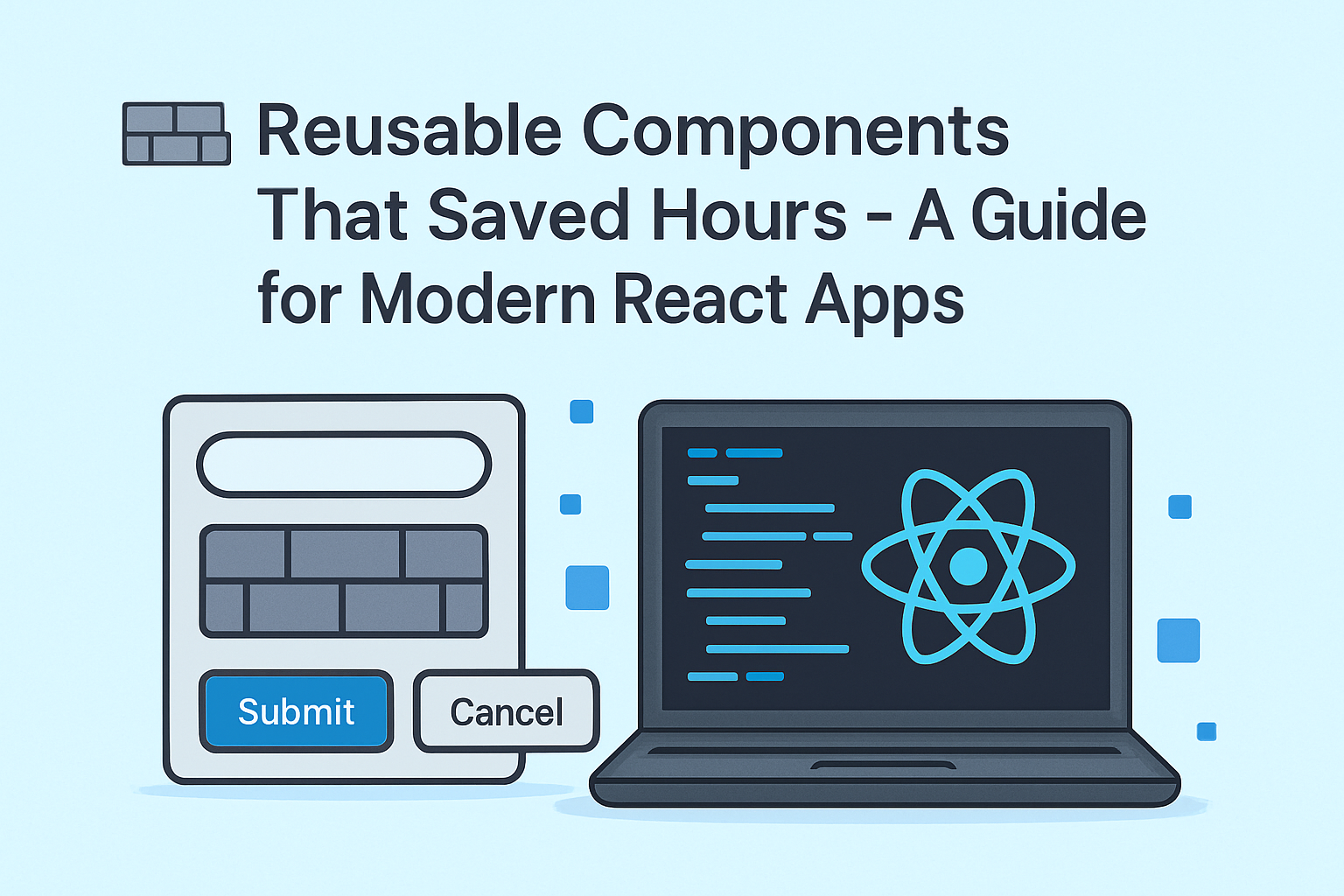Tag: #reactjs
-

Micro-Frontends: Scaling Frontend Development with Modular Architecture
Introduction As web applications grow, monolithic frontends—where all features live in a single codebase— quickly become difficult to manage. Large applications like dashboards, search systems, user management, and analytics often suffer from: Slow build and deployment cycles Conflicts between multiple teams working on the same codebase Difficulty introducing new frameworks or technologies Risk of a…
-

Simplifying State Management in React with Zustand
Managing state in React applications has always been a challenge. For small apps, useState and useReducer work fine, but as your app grows, so does the complexity of managing state across multiple components. Traditionally, libraries like Redux or the Context API have been used to handle global state. However, they often come with boilerplate code,…
-

Building Modern Web Applications with Vite and React
Introduction In the fast-evolving world of front-end development, tools that optimize the workflow and boost performance are invaluable. One such combination is Vite and React. Vite, created by the developers behind Vue, has gained significant traction as a next-generation build tool, while React continues to be one of the most popular libraries for building user…
-

Reusable Components That Saved Hours – A Guide for Modern React Apps
If you’ve worked on more than one frontend project, chances are you’ve written the same input field, button, or modal multiple times. I’ve been there too — repeating the same code again and again. But then I realized: Why not turn these into reusable components? In this post, I’ll share 3 simple but powerful components…
-

Explore the Redux Toolkit!
In this post, we’ll explore what Redux Toolkit is and its core features. It simplifies state management in React applications by reducing code and improving developer experience. You’ll also learn how to implement Redux Toolkit step-by-step in a React app.